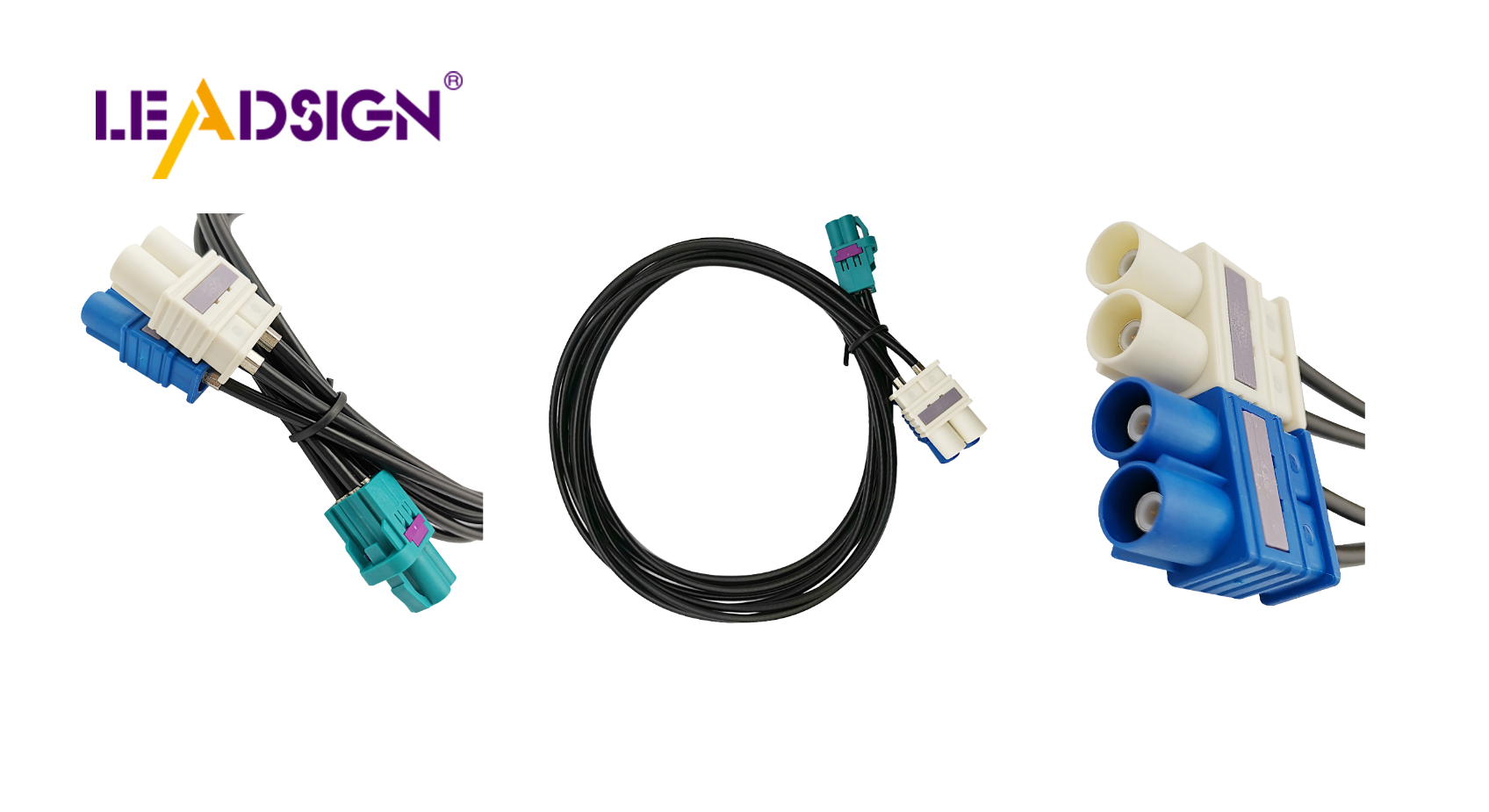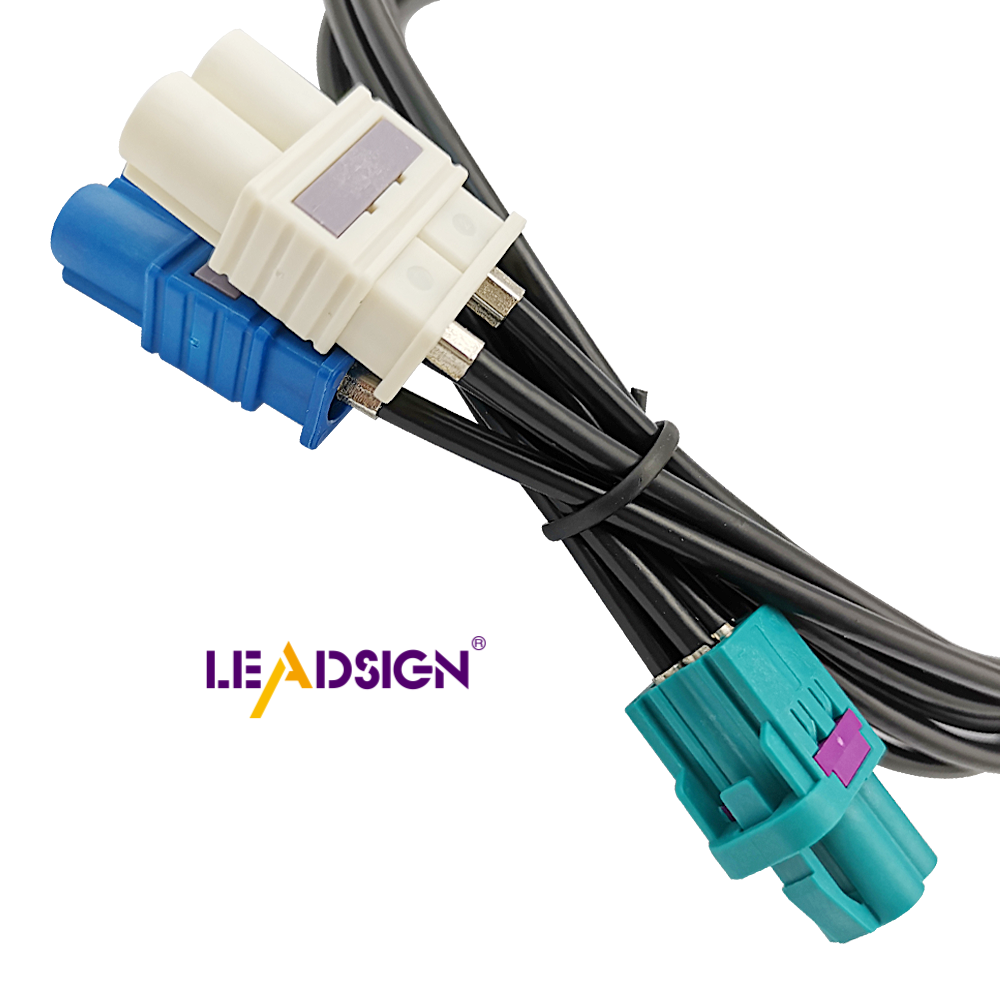Surprising Facts About 50 Ohm Coax Cable Types

In the 1930s, engineers made coax cables for radio transmitters. They chose 50 ohm impedance for balance, which is one of the most common 50 ohm coax cable types. This design handled power well and had low loss, making it great for high-frequency uses. Now, 50 ohm coax cables are key in RF systems, helping signals move efficiently with little loss. These cables are important in wireless telecom setups, providing a reliable way to send data in many places.
Understanding 50 Ohm Coax Cable Specifications
Key Specifications
Impedance and its Importance
Impedance is very important for 50 ohm coax cables. It shows how much the cable resists electric flow. Engineers made 50 ohm impedance to balance power and signal loss. This makes it perfect for RF uses. Matching impedance well stops signals from bouncing back, helping data move better.
Attenuation and Signal Loss
Attenuation means the signal gets weaker as it travels. In 50 ohm coax cables, low attenuation is crucial. Less loss keeps the signal strong over long distances. The double shield in these cables cuts down loss more than other types like RG-213.
Frequency Range and Performance
A cable's frequency range shows where it can be used best. 50 ohm coax cables work with many frequencies, making them useful for RF systems. They do great in high-frequency places, keeping data moving smoothly. Their design helps handle frequencies well, which is key for modern communication.
Material and Construction
Inner Conductor Materials
The inner part of a coax cable carries the signal. For 50 ohm coax cables, it's usually copper or copper-clad steel. These materials conduct electricity well, reducing signal loss. But unlike some cables, this conductor isn't tinned, so it can rust over time.
Shielding and Insulation Types
Shielding and insulation are important parts of a coax cable. They keep outside interference away from the signal and hold the cable together. 50 ohm coax cables often have double shields for extra protection against interference. This keeps signals clear even in tough spots. The insulation also affects how flexible and strong the cable is.
50 Ohm Coax Cable Types

RG-58
Features and Applications
RG-58 is a popular 50 ohm coax cable. It is flexible and handles heat well. The tinned copper braid gives it good shielding, between 70% to 95%. Made in the 1960s for the US military, it's tough and reliable. RG-58 works well for moderate power needs. It's great for connecting radios. Its flexibility makes it fit for many RF systems like amateur radio.
RG-8
Features and Applications
RG-8 is a top choice for low-loss cables. It replaces older ones like Belden 9913. RG-8 is used in antenna setups, offering great electrical features and flexibility. Its jacket resists UV rays, making it last outdoors. This cable handles high power with little signal loss, perfect for pro radio and broadcast systems.
LMR-400
Features and Applications
LMR-400 is a high-performance coax cable type. It has low-loss features, ideal for broadband RF uses. LMR-400 can replace RG-8/9913 cables with better performance and a UV-safe jacket. It's best for long runs needing strong signals, like cell towers or Wi-Fi networks. Its strong build ensures data moves smoothly in tough spots.
Surprising Facts About 50 Ohm Coax Cables
History of Coaxial Cables
How Coaxial Technology Changed
Coaxial cables have been around for a long time. Engineers made them to help radios work better. They picked 50 ohms to balance power and signal loss. This choice helped with modern radio uses. Over the years, coax cables got better. Now, they use new materials and ways to build them. These changes make them work well with high frequencies.
New Cable Ideas
Better Cable Designs
New technology has improved cable designs a lot. Modern 50 ohm cables use copper-clad steel and strong shields. These materials help signals move better with less loss. The braided layer keeps outside noise away from signals. This makes sure signals stay clear and systems work well. Engineers keep making cables better for new tech needs.
Rules for Cables
Standards and Checks
Rules are important for good coax cables. Groups set rules for things like impedance and signal loss. These rules make sure cables work right every time. Following these rules is needed for approval. Approved cables always perform well in different uses. They let users trust their cable choices.
Picking the Right 50 Ohm Coax Cable
Understanding What You Need
Needs for Different Uses
To pick the right 50 ohm coax cable, know what you need it for. Different uses need different performance, bendiness, and strength. CCTV systems like cables that stop interference and are easy to set up. For boats, RG-58U, RG-8X, or RG-213 are good because they balance signal loss and cost.
Things to Think About:
Signal Loss: Check how much signal loss is okay for you. Cables like RG-8 have less loss and work well with high power.
Where It Goes: Think about where you'll put the cable. Outside cables might need jackets that block sun damage.
Bendiness: Decide if the cable needs to bend easily for tight spots.
Looking at Cable Types
How They Work vs. What They Cost
When looking at 50 ohm coax cables, think about how they work and what they cost. Each type has good points and trade-offs that affect how well it works and your budget.
How They Work:
Impedance: Helps signals move well. 50 ohm cables are best for RF uses because they balance power transfer with low signal weakening.
Stopping Interference: Braided cables stop outside noise better, making them work better.
Frequency Range: Pick a cable that fits the frequency you need.
What They Cost:
First Cost: Better cables like LMR-400 might cost more first but last longer.
Fixing Costs: Think about fixing costs if cables wear out over time.
In short, choosing the right 50 ohm coax cable means knowing what you need it for and balancing how it works with its price. By understanding these things, people can choose better cables that make their systems run smoothly and reliably.
Understanding 50 ohm coax cables is key for RF systems. These cables have standard impedance. They help signals move well and lose less power. Picking the right cable affects how well the network works.
"Good cable ends are very important for network performance."
When picking a cable, think about specs and what you need it for. The 50 ohm cable is known for handling power well with little loss. It is still the top choice in the industry. By choosing wisely, users can make their system work better and be more reliable.
See Also
Harnessing FAKRA Coaxial Cable's Full Potential
Maximizing the Benefits of FAKRA Cable Connectors
Exploring the Advantages of FAKRA Cable Connectors

